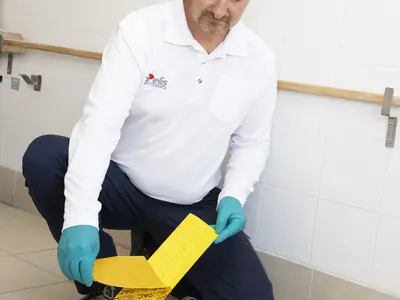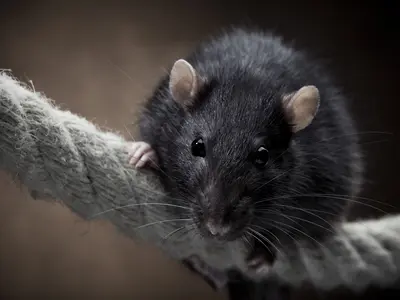Bedbugs: Who are they?
A targeted treatment
In 2020, bedbug interventions have increased by 75%, indicating a new wave of infestation. Which is why Elis Pest Control has developed a targeted treatment with insecticides that are adapted to bedbug resistance.
Our modus operandi has been established to be able to answer your needs depending and your level of infestation as well as the requirements in your industry. Moreover, since October 2021 our technicians have been reinforcing their expertise by taking part in Certi'punaise training by Izinovation.
Our modus operandi has been established to be able to answer your needs depending and your level of infestation as well as the requirements in your industry. Moreover, since October 2021 our technicians have been reinforcing their expertise by taking part in Certi'punaise training by Izinovation.
Learn more about our preventive and curative approch
All our specialist technicians have obtained the Certibiocide certification in accordance with the regulations.
Contact us to get a custom-made quotation:
Elis Pest Control certification
How to recognize an infestation?
Black spots on sheets, beds, bed bases corresponding to their excrement.
- Presence of dead or living bed bugs
- Presence of traces of blood
- Presence of whitish coloured eggs and molts
- Pimples on the victim's skin due to bites. They often appear in rows or clusters
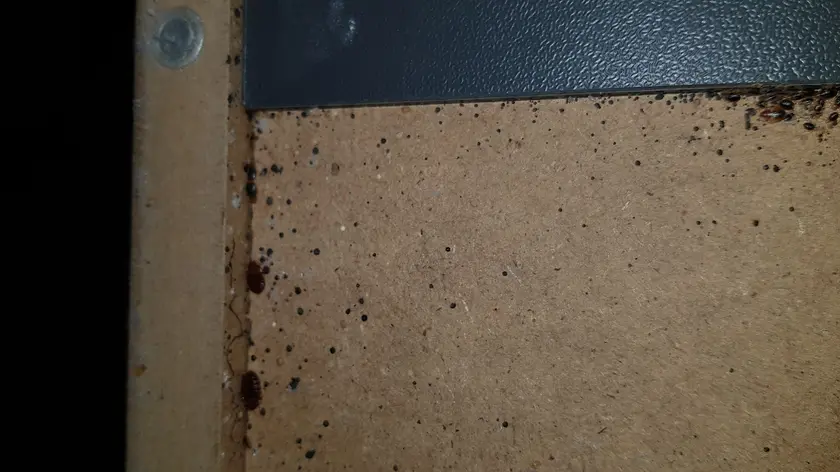
How to recognanize a bedbug?
The bedbug's characteristics:
- Visible to the naked eye
- Brown to reddish
- The bug has an oval, flattened, seed-like shape
- Measures about 5 mm (0.04 in).
- It has no wings and cannot fly nor jump
- Moves quickly at the speed of an ant
- Lives from 5 to 24 months
- Can go dormant for up to 12 months
- Attracted to human body heat
- Can sting an average of 50 times in a night
- A female can lay up to 500 eggs in a lifetime
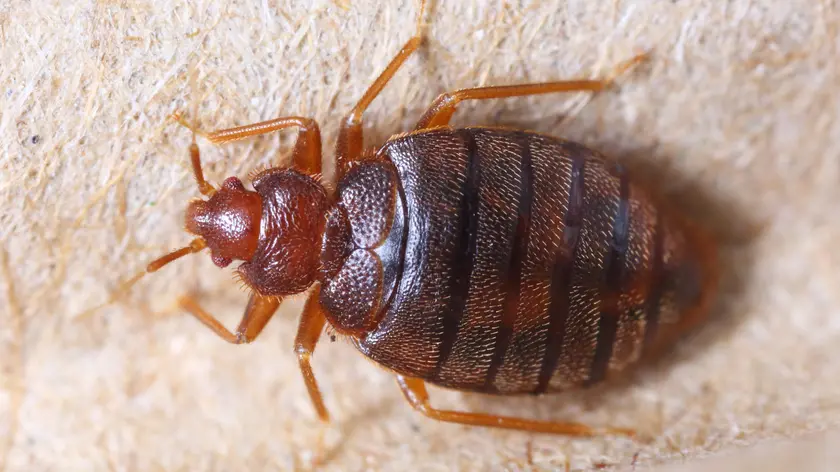
How to avoid a bed bug infestation
- Avoid the accumulation of objects in your premises and eliminate clutter
- Clean daily (nooks and crannies, carpets, floors, skirting boards)
- Equip your bedding (mattresses, box springs and pillow covers) with bedbug-proof covers to create a protective shield against these pests
Area of infestation
Bed bugs can hide in the smallest of gaps throughout the bedroom.
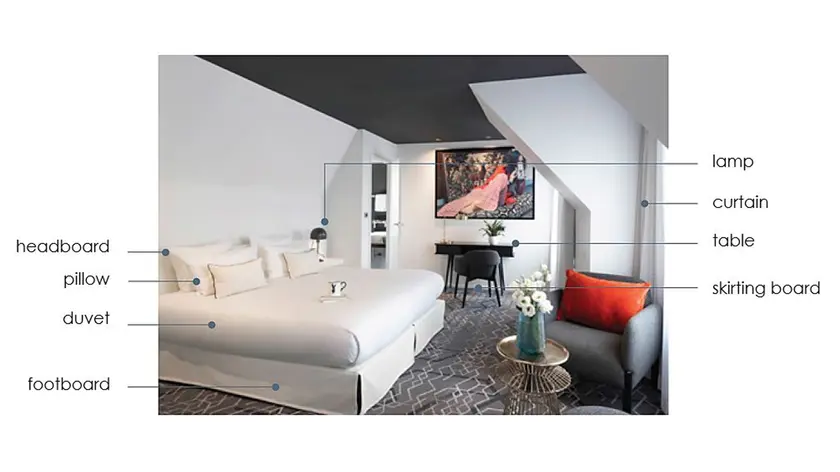
What are the risks of an infestation?
- Severe itching
- Allergic reactions,
- Materials: soiling of mattresses, traces of blood and excrement
- Psychological risks, anxiety, insomnia, stress
- Financial losses to repair damage caused by bed bugs
Bedbugs: Who are they?
Their name alone inspires fear, they are the sworn enemies of hoteliers, and have traumatised the minds of thousands of people, you’ve probably heard of them: bedbugs.
From the family of the "Cimicidae", it is a hematophagous pest, meaning that it feeds on blood, just like a microscopic vampire if you wish.
Where do bedbugs come from ?
It is difficult to trace exactly when bedbugs first appeared. However, they have been found in Egyptian tombs dating back from over 3,500 years ago and may well have started their pest on humans since cave times.
A real curse amongst all types of accommodation establishments (hostels, hotels, etc.), many attempts have been made to develop, in vain, miracle remedies to get rid of it. It was only after the Second World War, with the improvement of hygiene and the arrival of DDT (dichlorodiphenyltrichloroethane), an insecticide that is extremely dangerous for both health and the environment, that humanity experienced a respite.
However, towards the end of the 90’s/ beginning of 2000, bedbugs have come back in our homes and lives. This resurgence is due to non-controlled and massive use of the DDT to which bedbugs have developed a certain resistance, as well as the beginning of mass tourism.
Learn more about our Pest Control solution
If you need information or a quote for your project, our teams are here to help. Contact us!
*Required fields
Account details











